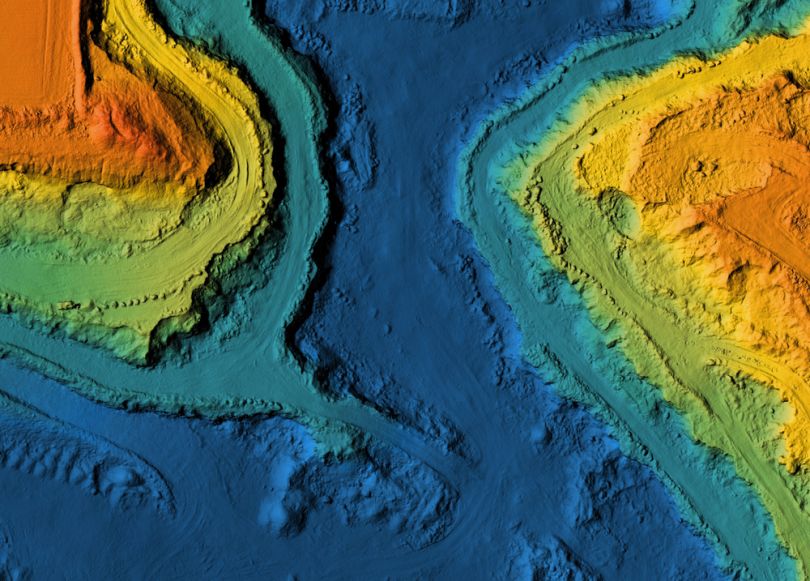
Geospatial data and analytics startup Hydrosat announced it raised $10 million in seed funding this week. The Washington, D.C.-based company uses thermal infrared imagery to gather and analyze information about the Earth’s surface temperature. Until now, the company has primarily used existing data from third-party satellites, but with this new funding, it plans to launch its own satellite constellation to collect more precise, real-time data.
“Thermal infrared data analysis is at the frontlines of climate change,” Pieter Fossel, Hydrosat co-founder and CEO, told Built In. “When we think about how climate change is impacting communities – our food resources, for instance – it’s through big events like droughts and wildfires that are having an immediate impact. We’re looking to provide data to better help prepare for those events.”
While Hydrosat uses thermal infrared data for a variety of uses, its primary focus is tracking and analyzing water stress and drought. Water stress is when a plant isn’t able to cool itself down through evapotranspiration due to a lack of moisture. On a large scale, this can lead to agricultural problems like drought and low crop yield as well as wildfires, all of which are a result of climate change. The higher the Earth’s temperature, the lower the moisture content of its surface which causes water stress.
Understanding the moisture content and surface temperature of an area has a lot of uses. By tracking the Earth’s surface temperature over time, Hydrosat can warn regions about potential wildfires, forecast drought and crop yields for farmers and monitor emissions coming from industrial assets. In fact, The European Space Agency recently contracted with Hydrosat to make better irrigation management recommendations to growers in hopes of avoiding drought and food security issues.
The U.S. Air Force has also worked with Hydrosat to assess ground conditions for helicopter landings by determining if the moisture content was high enough in a given area for a safe touchdown. If the water content is too low, dust kicked up from the helicopter can cause fatal crashes, making Hydrosat’s work vital for mission planning.
“Space is the ultimate high ground for measuring water stress,” Fossel told Built In. “It gives you the broadest vantage point from which to look. You could absolutely collect the same data from an airplane or drone or on the ground but it’s less efficient. From space we can consistently, day to day get global coverage over wide areas to build up those datasets.”
Hydrosat plans to launch its first satellite into orbit by this time next year with more satellites as part of the constellation to follow over the next three years, Fossel told Built In. Currently, the company uses existing thermal infrared datasets from sources like NASA, which provide great insight but aren’t always high resolution or focused on a specific area. With its own satellites, Hydrosat will be able to gather specific, real-time temperature data about the surface of the Earth. This gives the company the ability to offer more exact, customized insights to its customers.
According to TechCrunch, the company is building that thermal infrared instrument with ABB, a Swiss multinational tech company with experience building imagers and sensors for NASA. Hydrosat is also hiring three key engineers with more hires planned in the coming months.




